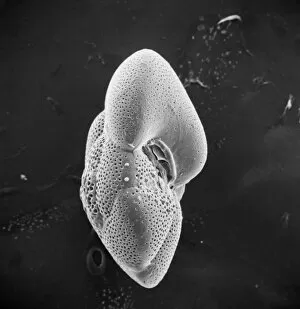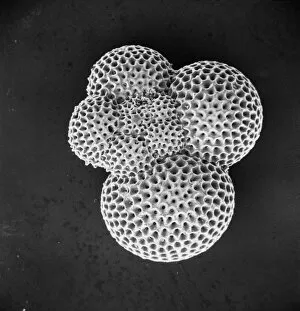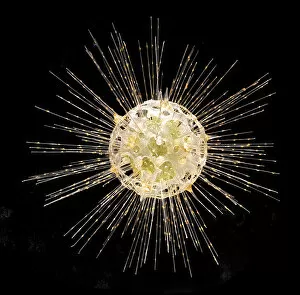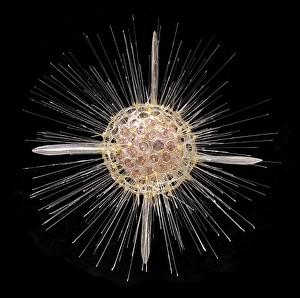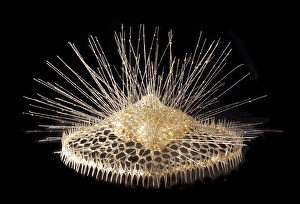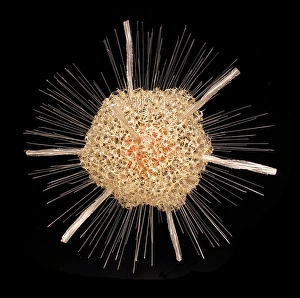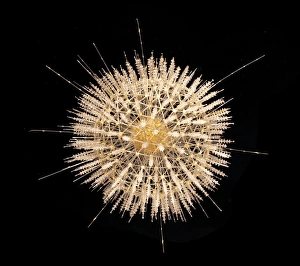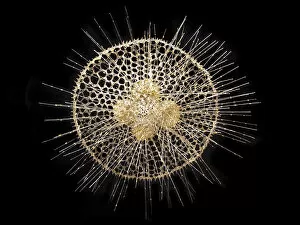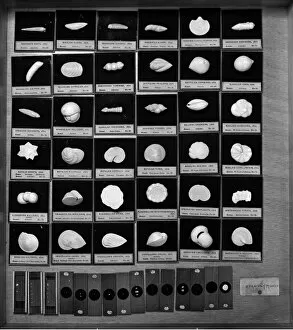Retaria Collection
"Exploring the Intricate World of Retaria: A Journey into the Microscopic Realm" Delve into the fascinating realm of Retaria
All Professionally Made to Order for Quick Shipping
"Exploring the Intricate World of Retaria: A Journey into the Microscopic Realm" Delve into the fascinating realm of Retaria, a diverse group of marine organisms that includes Acanthophracta and radiolarians. These intricate creatures captivate scientists with their unique structures and behaviors. One notable member is Bulimina, a foraminifer model that showcases stunning shell architecture. Its delicate spiral design leaves researchers in awe as they unravel its secrets. Dorataspis diodon, a radiant radiolarian, stands out with its spiky appearance reminiscent of a celestial body. This enigmatic creature sparks curiosity about its role in the marine ecosystem. Aulacantha scolymantha mesmerizes with its intricate skeletal structure resembling an otherworldly sculpture. Its beauty and complexity make it an object of study for many researchers. Actinomma asteracanthion, another captivating radiolarian species, boasts star-like arms extending from its central body. Its elegant form has inspired artists and scientists alike. In contrast to these delicate beings, Actinophrys sol is a heliozoan known for its predatory nature. With long tentacles capturing prey like miniature suns reaching outwards, it exemplifies nature's ingenuity at work. Heliosphaera actinota shines brightly among radiolarians with its spherical shape adorned by numerous spines. This remarkable adaptation allows it to thrive in various oceanic environments. Aulosphaera elegantissima enchants observers with its graceful silhouette resembling an ethereal chandelier suspended in water. Its fragile beauty reminds us of the intricacy found even at microscopic levels. Eucyrtidium cranoides exhibits astonishing symmetry within its complex exoskeleton—a testament to evolution's artistry over millions of years. Scientists continue to decipher this masterpiece's significance within marine ecosystems. Eucecryphalus schultzei surprises with its intricate lattice-like structure, resembling a delicate snowflake suspended in water.


